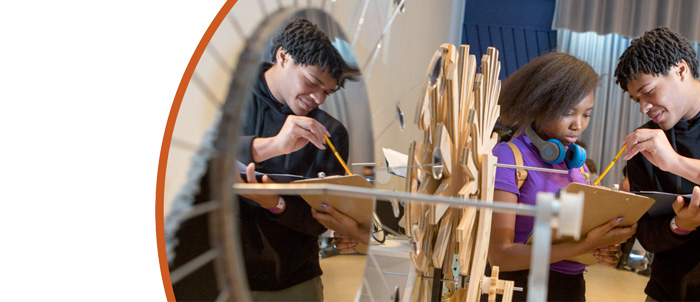The Initiation of a New Cohort of the Longitudinal Study of American Youth (LSAY)
Effective Years: 2013-2017
This project is initiating a new cohort of 7th grade students and extending the Longitudinal Study of American Youth (LSAY) to a new generation. In 1987, the LSAY began with national cohorts of 7th and 10th grade students selected from a stratified probability sample of public schools in the U.S. The LSAY has provided a valuable longitudinal record of the development of student attitudes and experiences into young adult life plans, careers, and new families. The original LSAY cohorts have produced data used in a significant number of books, articles, and dissertations that have provided insights and policy guidance on a wide range of educational and public policy issues. Many things have changed in American society and in the world over the last 25 years. American students now compete in a global employment market with students from other countries and the arms race of the 20th century is rapidly turning into the education race of the 21st century. It is essential to monitor the educational experiences and career and life choices of each new generation if the evidence supporting our public policy is to remain relevant and timely.
To assure comparability, the new 7th grade cohort will use most of the parameters employed in 1987, making adjustments to reflect new technologies that improve accuracy and speed and reduce cost. The basic design is a single-strand longitudinal study that will begin with a national probability sample of 7th grade public school students that can eventually be followed for a number of decades. The proposed design would produce a total sample of 8,000 7th grade students. A sample of this size will allow analyses of the STEM motivations, learning, and career entry for more subgroups than was possible with the sample in 1987. The original 1987 LSAY sample was selected using a stratified 12-cell matrix to produce an accurate probability sample of 7th and 10th grade students in public school in the United States. The proposed new 7th grade cohort would be selected using a similar sampling design and framework. The 12 cells reflect the four major regions of the country (Northeast, North Central, South, and West, which include all 50 states) and three levels of urban-rural location (central cities, suburbs of central cities, and non-metropolitan areas) within each region.
The broader impact of this work lies in its ability to provide important data that can inform policy and practice in STEM Education. Good public policy requires good data and longitudinal studies such as this one provide important information about educational growth and development. The LSAY is the longest comprehensive study of educational development conducted in the U.S. and its long-term value to public decision making is considerable. The data produced and analysis of the results will be disseminated to educational, corporate and public policy leaders through a three-part plan. First, research will be presented at professional meetings and submitted to refereed journals for publication. Second, the LSAY data set will be made available through the Inter-University Consortium for Political and Social Research (ICPSR) to a broad interdisciplinary spectrum of researchers. Finally, a new quarterly research report based on LSAY data will be published to highlight important research findings for the media and policy makers.




